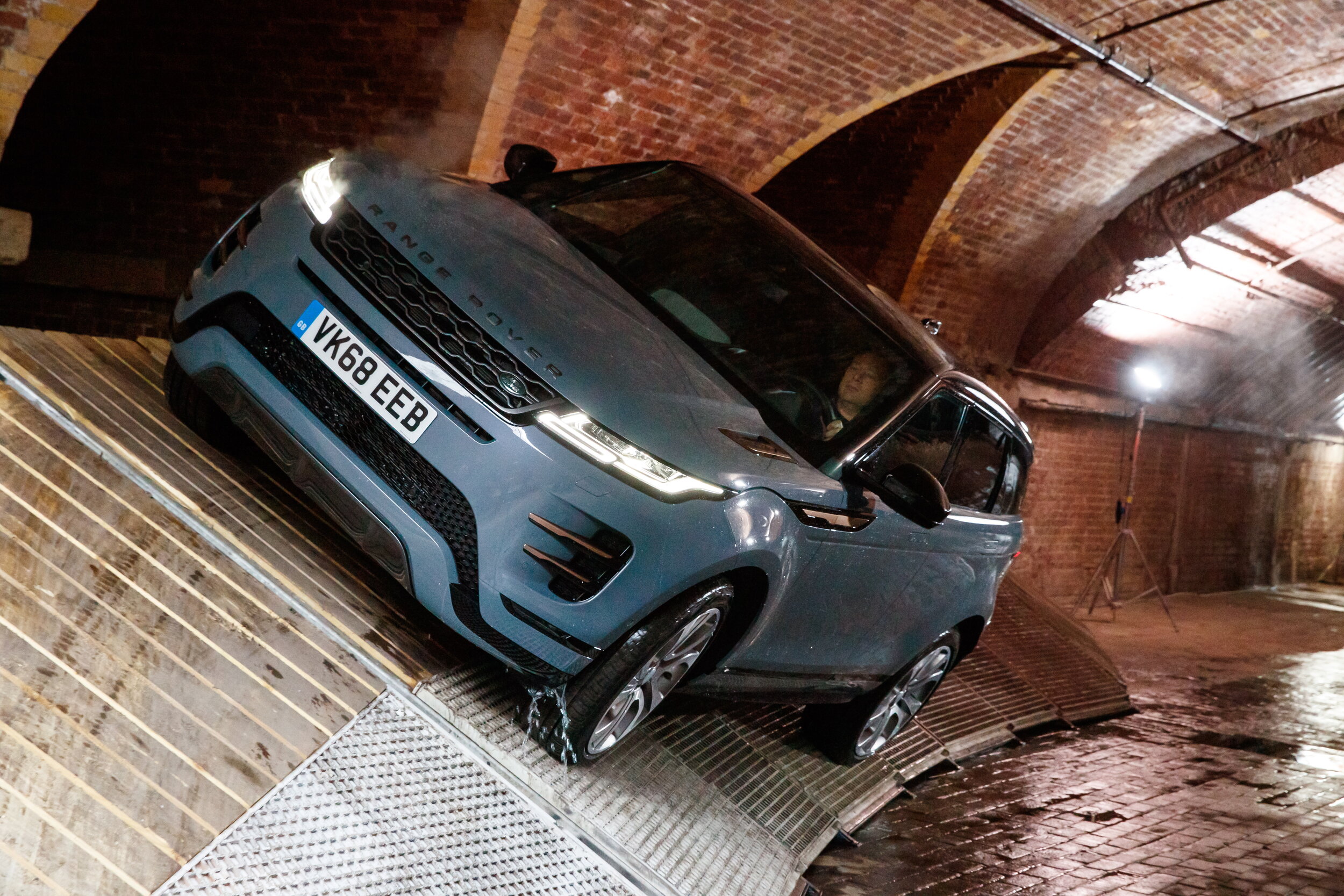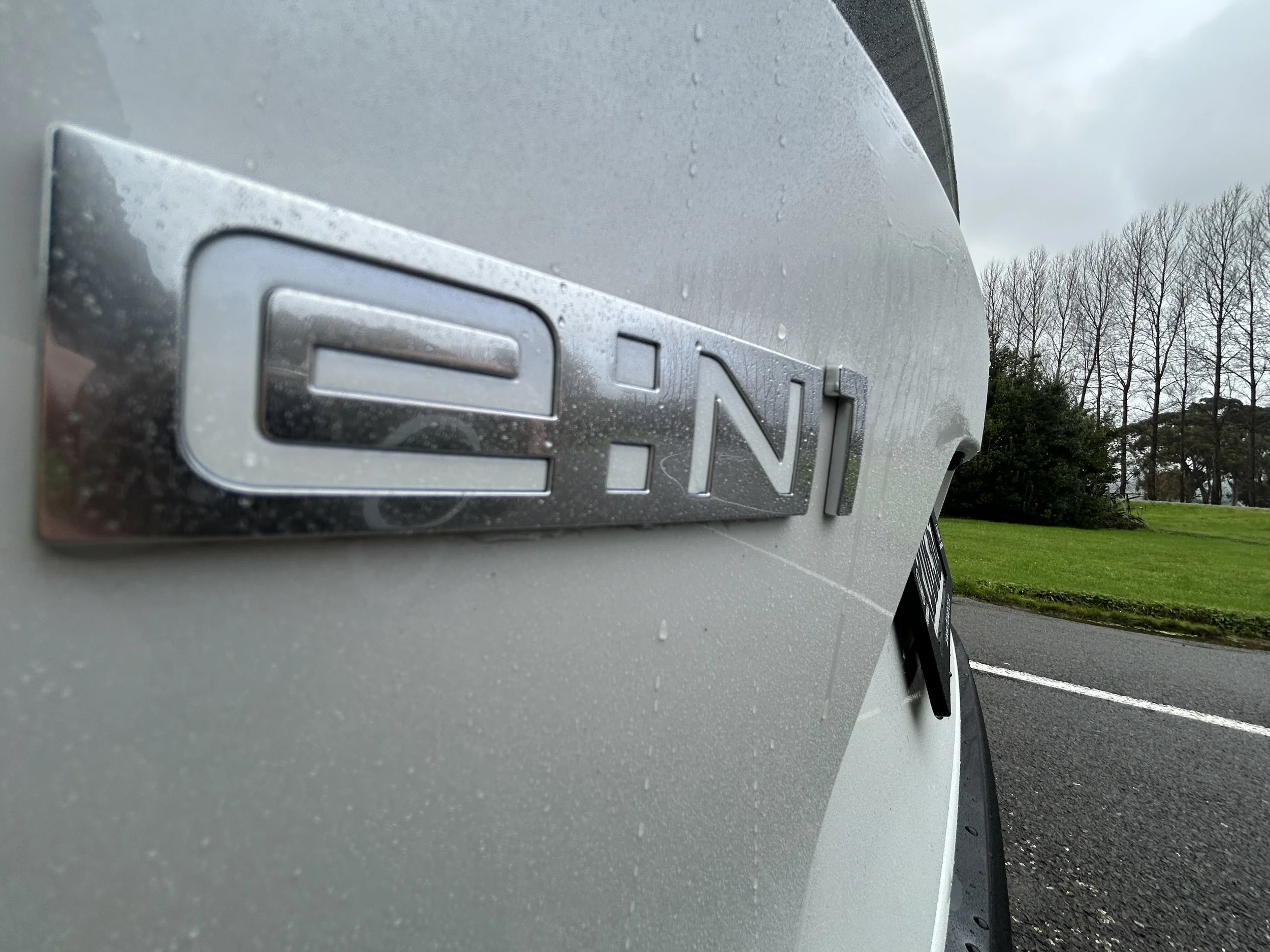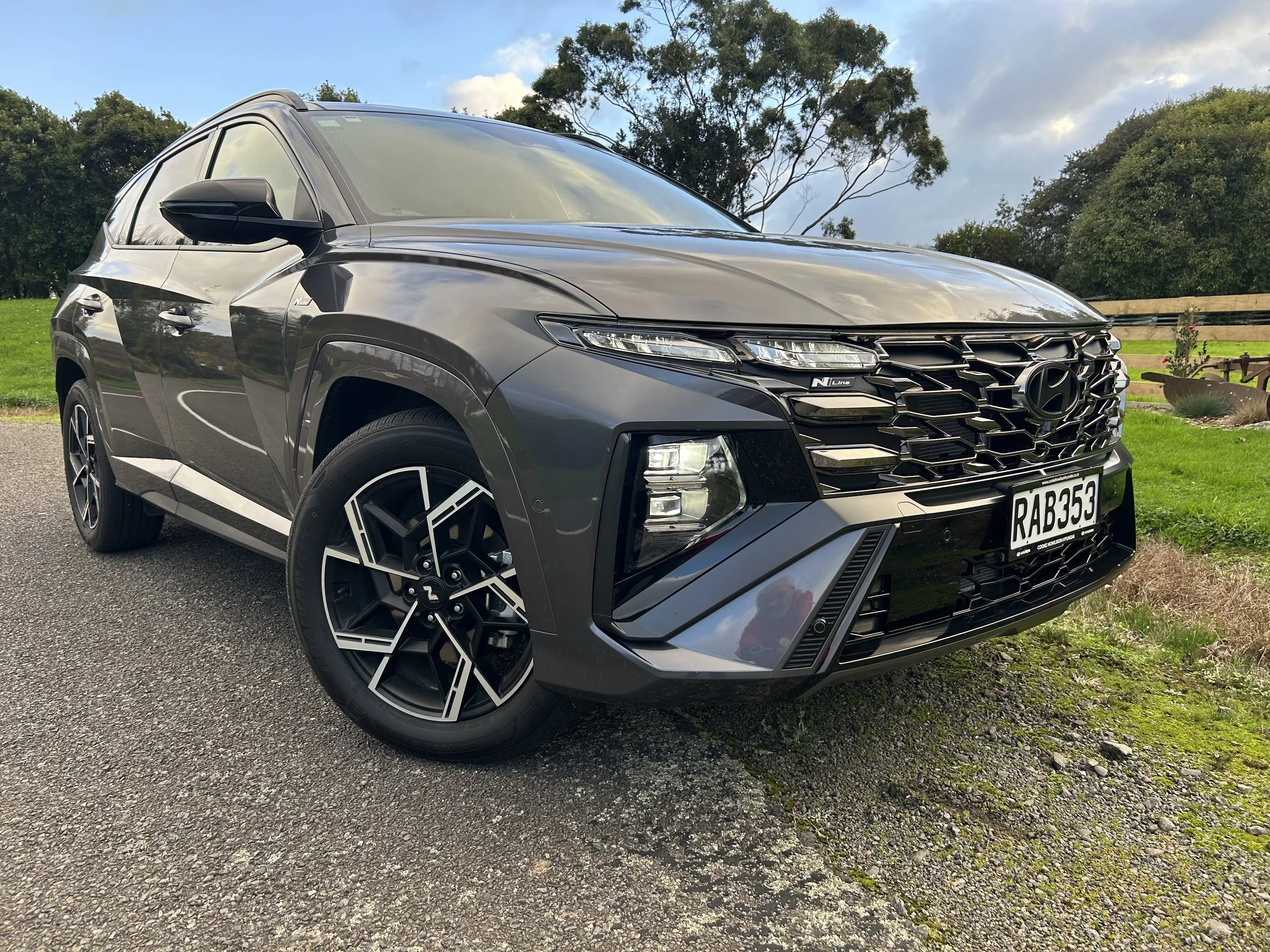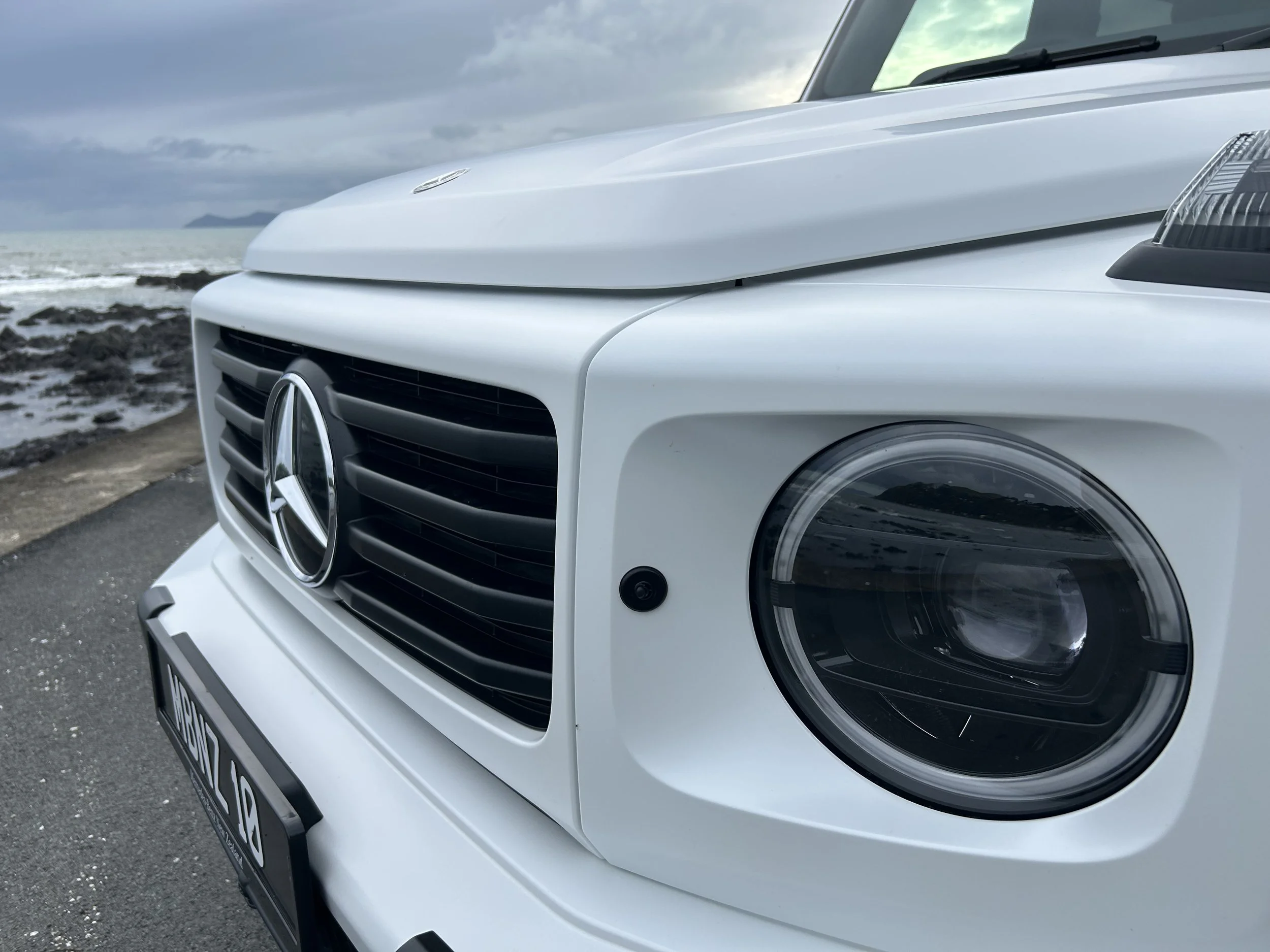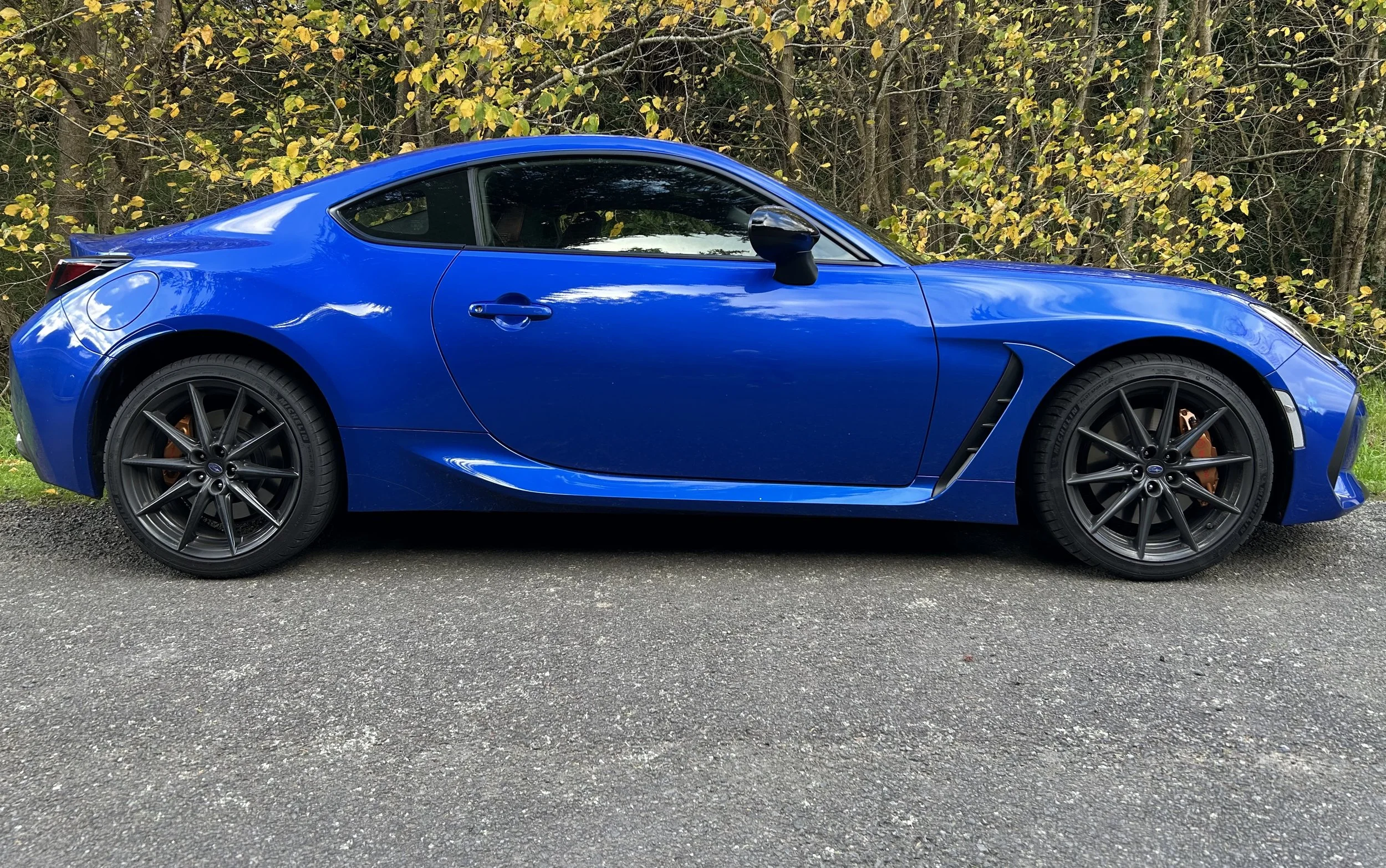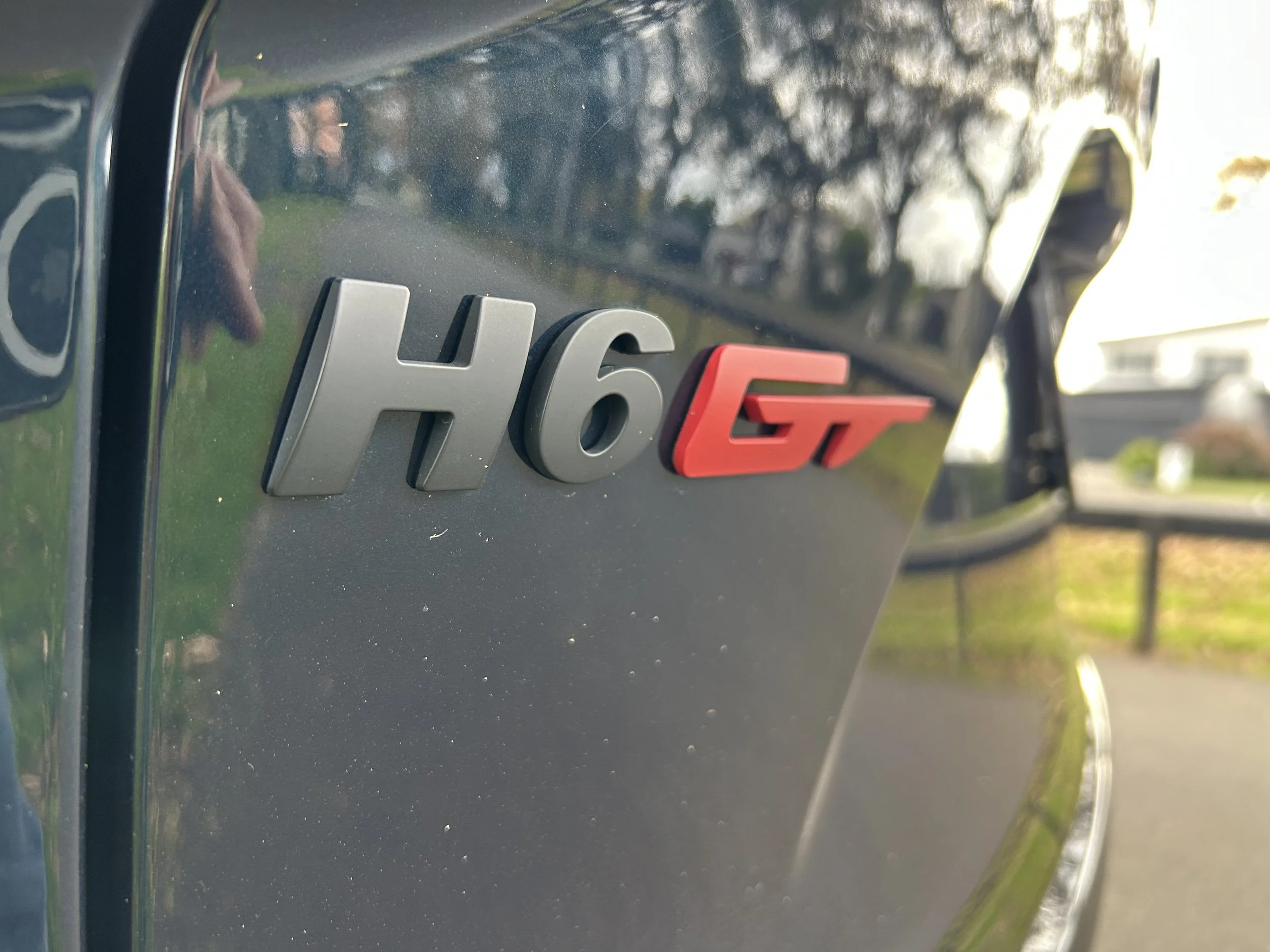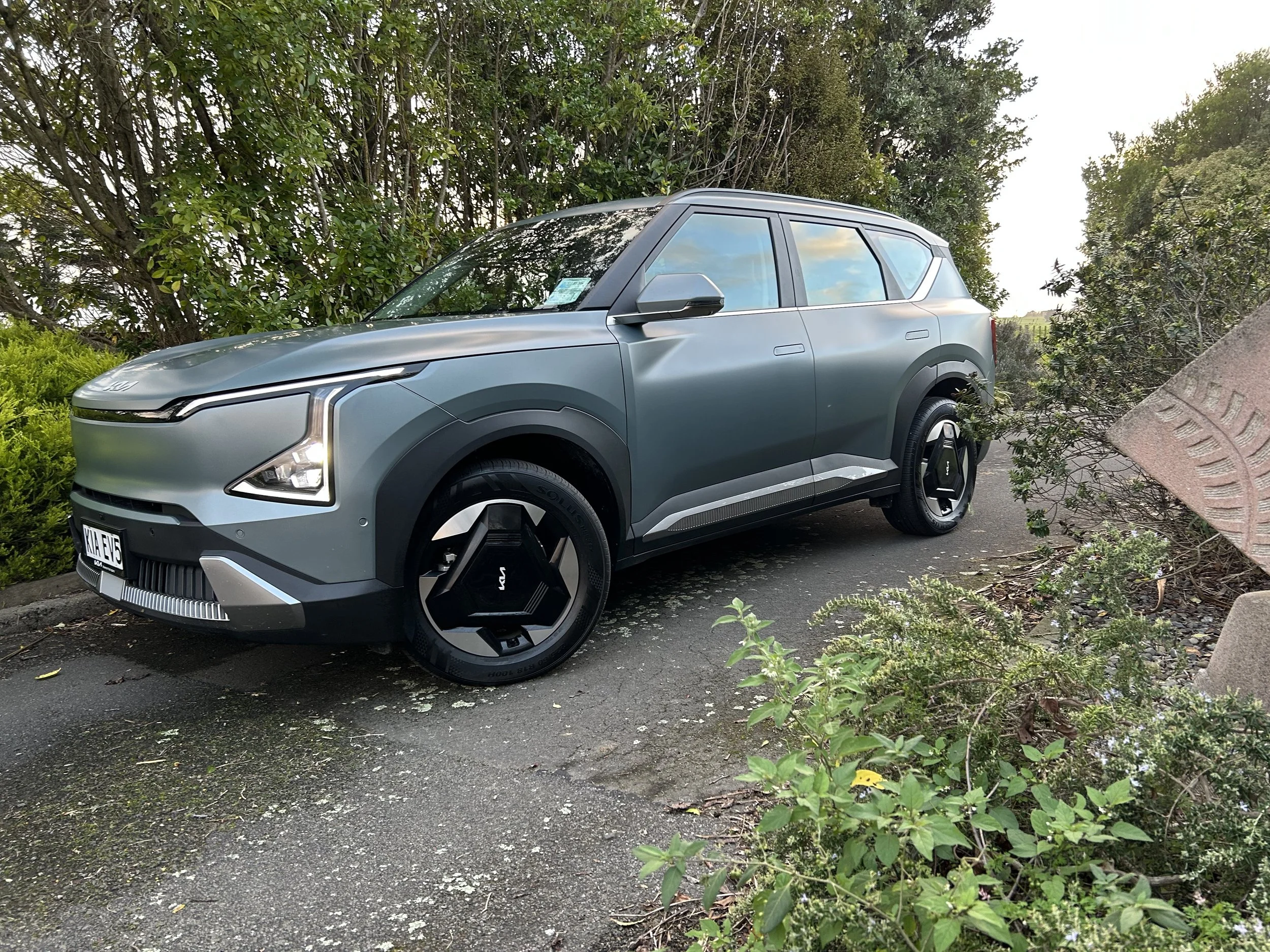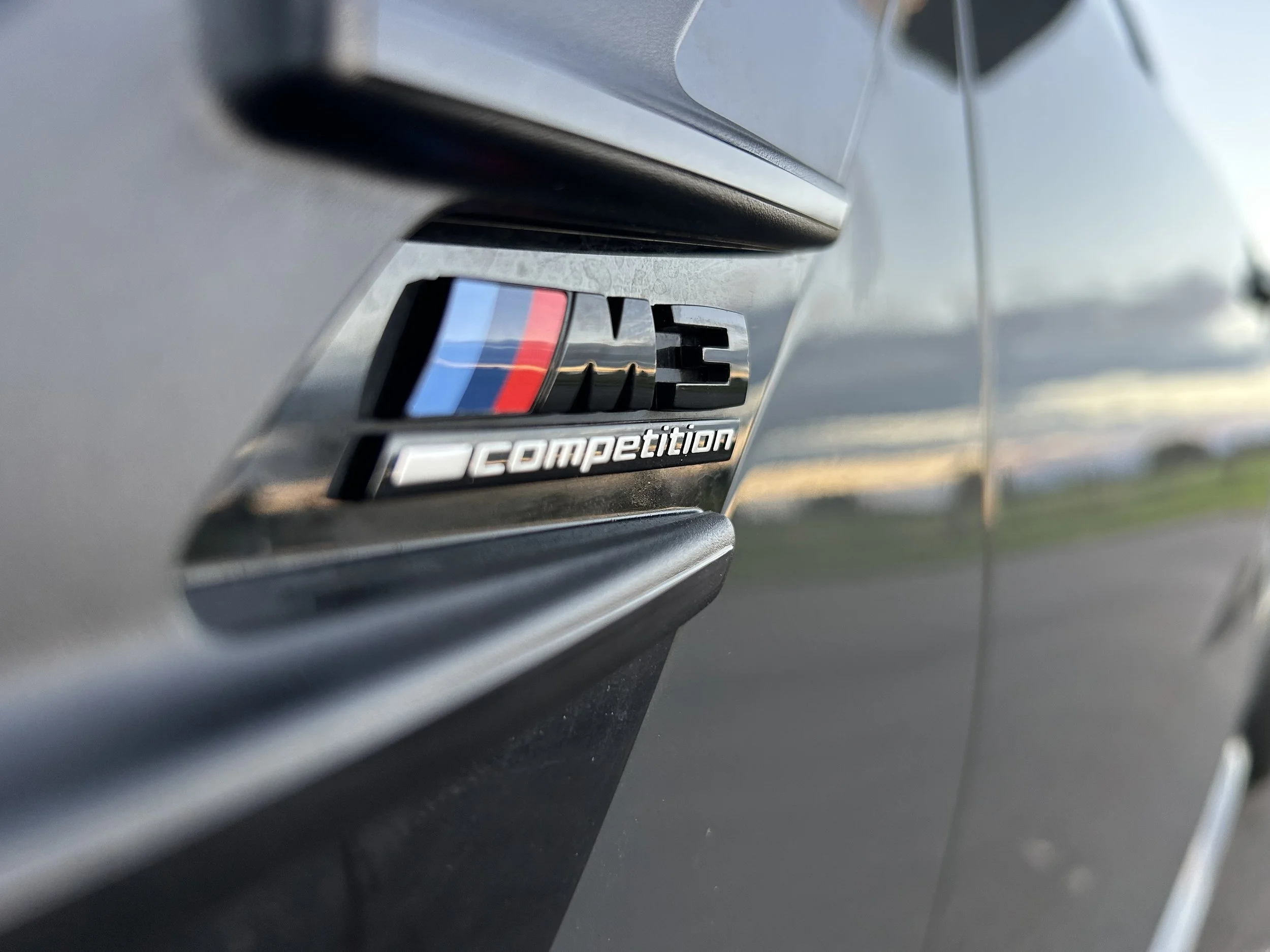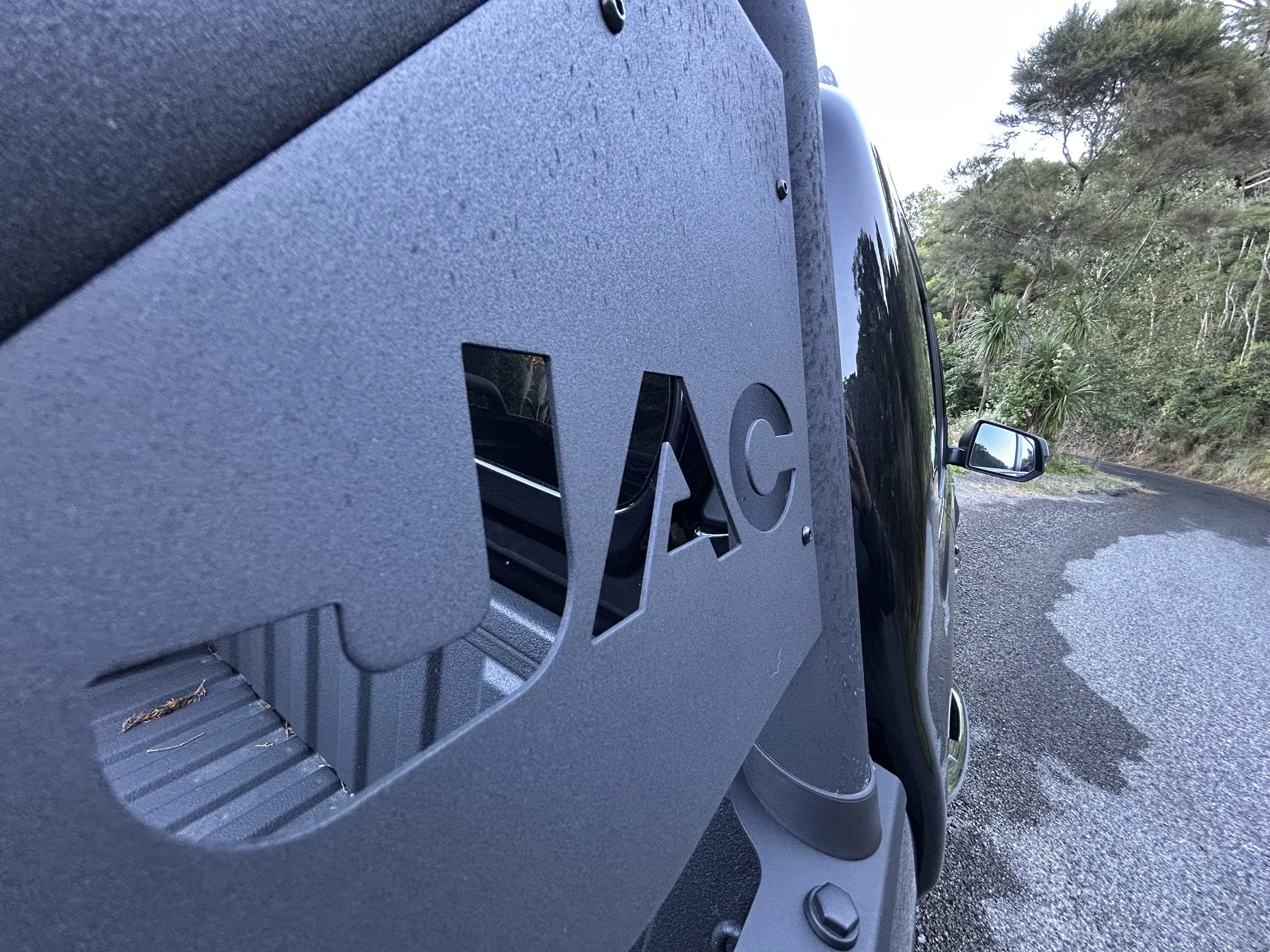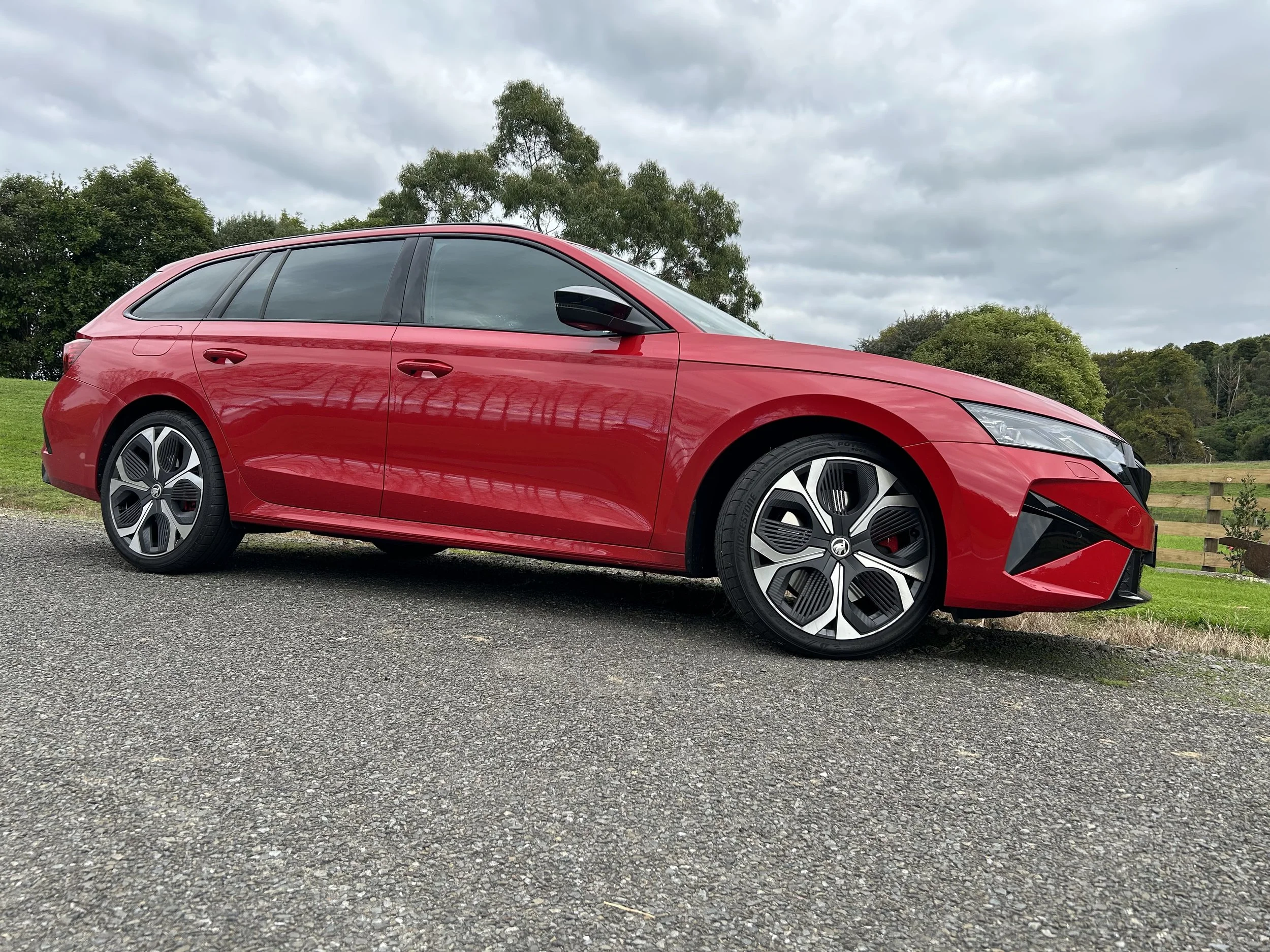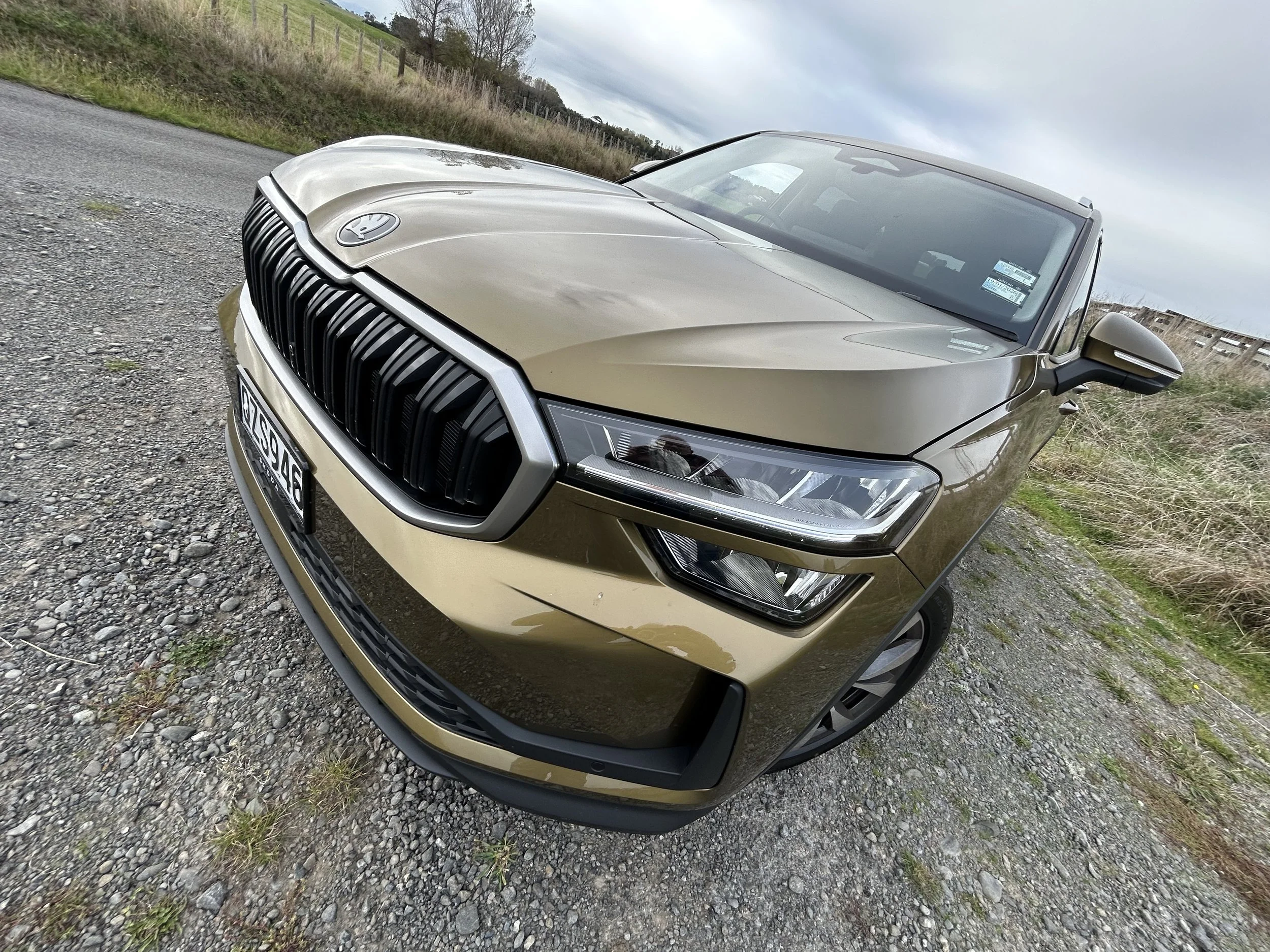JLR finance offer set to spur rival actions?
/Incentives to jolly up consumer interest in new cars could become a new norm.
Diminished interest in new vehicles seems a certainty this year, the industry believes.
DETERMINATION by Jaguar Land Rover’s distributor to offer deferred payment finance deals on new vehicles has raised interest within the industry.
Thought from onlookers is that it’s a behaviour that can be expected to increase as dealers and distributors work to recover from the drop-off in economic activity, not just the impact of lost trading during Level One lockdown but also to counter the likelihood of tougher times ahead.
There’s some belief, too, that premium car brands in particular will set the pace with an increasing count of stimulus and relief programmes. In addition to special financing, enhanced warranties might also become a pitch.
The impact of the economic shutdown to contain the Covid-19 pandemic has been especially hard on the car industry.
At international level, assembly lines remain either closed or at least constrained by social distancing requirements and logistics spanning parts supply to vehicle delivery have been unsettled.
Customers keen to sign up for expensive metal facing longer wait times is an annoyance, but the real challenge is what Jaguar Land Rover New Zealand appears to be now preparing for – a prospect of diminished retail spending.
The high-end sector is obviously at highest risk if new car sales fall by between 40-50 percent for the remainder of the year, as predicted by some participants.
The $150,000-plus sector was showing clear signs of softening well before coronavirus became a factor; with some signs of decline revealing in early mid-2019.
incoming new Defender is exempted from the opportunity.
In recent weeks, too, there have been examples of prestige car owners divesting their expensive wheels to free up capital – sometimes at no small pain. Talk of high-end product that even in normal times might half in value within the first year of ownership being divested well below even that is beginning to emerge.
Processes to buoy consumer faith during Covid-19 are also involving mainstream operators.
Hyundai New Zealand set a tone in extending warranties from early April, when lockdown conditions were more onerous, a move that affected more than 2000 vehicles.
It has also instigated Hyundai Assurance, which provides customers who lose their job within the first six months of entering into the finance agreement with the option of deferred interest and principal payments for up to six months. The NZ programme appears to ape one Hyundai first set in place in the United States amid the financial crisis of 2008 and now restored as coronavirus runs rampant there.
Industry involvers speaking on condition of anonymity in wake of the JLR NZ announcement believe other competitors will likely also be looking at unrolling new and creative of maintaining customer confidence and bolstering sales volume.
Announcement of the move arrives at an interesting time for the British manufacturer
It is likely no more than an unhappy coincidence that the local initiative’s announcement came in a period of reports about JLR in the United Kingdom being in talks to borrow more than one billion pounds (more than $NZ2 billion) availed by an emergency coronavirus lending programme set up by the British government.
The marques are represented in New Zealand by Motorcorp Distributors, which founded in 2006. The makes represent in eight dealerships nationally.
JLR New Zealand explains its motivation for the 48 months option arranged through Heartland Bank at a rate of 2.95 percent. is to capitalise on low interest rates and provide business continuity for its dealers.
The deal includes 12 months of deferred payment and is available on Land Rovers and Jaguars already landed in New Zealand and in stock – and thus excludes the new Defender, set to arrive in July or August.
“Our role as an importer is to provide business continuity for our retailer network, whilst passing on any finance terms we can negotiate to our customers,” says general manager Steve Kenchington.
“The 12 months deferred payment offer … allows customers to drive away in their vehicle today whilst incurring no repayments until June 2021.
“If the customer currently has an existing finance plan with us, they can terminate it, use any additional equity in the vehicle as the required 20 percent deposit and enjoy no repayments for 12 months,” says Kenchington.
“In such unknowing times we understand the need for lateral thought and creative solutions to drive business continuity and adapt to customer needs.
Observers suggest the scheme is not entirely dissimilar to pre-coronavirus incentives that ask for programmed payments of ‘one third’ over set periods, starting with the initial down payment.
“On that basis, it is all interest-free,” said one. “They (JLR NZ) are covering at least the cost of the interest.”
In this scenario, it was suggested, a weight of risk falls as heavily on Heartland as it might on the distributor, which had reduced some of its risk through seeking a 20 percent deposit.
However, the great imponderable as always in depreciation, which has historically been particularly savage nationally as result of the free market attitude.
“Everything is worth less now than it was before Covid, maybe at least 10 percent, perhaps more.”
So, in respect to the JLR proposal, “it will still be upside down after 12 months because the car is unlikely to be worth 80 percent of its purchase price by then.
“It’s a very strong offer.”
F-PACE has been a solid seller for JLR NZ.


